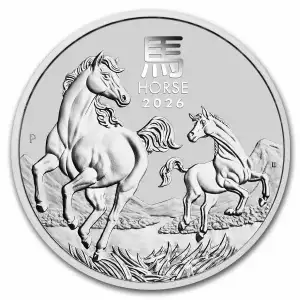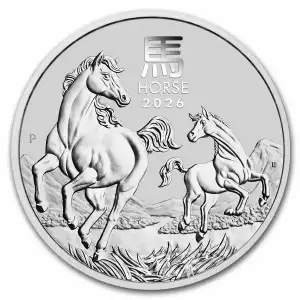Why Understanding the Difference Matters for Investors

At Stout Gold & Silver, we believe understanding the difference between numismatic and bullion value empowers investors to make smarter, more resilient choices in today’s volatile market.
Coin investing is one of the most fascinating areas of the investment world. While some investors are drawn to the intrinsic beauty and history of coins, others see them as a tangible store of wealth tied to precious metals like gold and silver, with bullion coins offering intrinsic value based on their metal content.
But not all coins are valued the same way. There are two main categories of coin value: numismatic and bullion. Understanding the difference between numismatic value and bullion value is essential if you want to make smart, profitable decisions in the coin market. Bullion refers to coins and bars whose value is primarily determined by their precious metal content and current market price. Let’s explore what these terms mean, how they affect coin prices, and which type of investment may fit your goals.
What Is Numismatic Value?

Definition and Key Characteristics
Numismatic value refers to the collectible worth of a coin — that is, how much collectors are willing to pay for it based on its rarity, condition, demand, and historical significance. Unlike bullion coins, which derive their value from metal content, numismatic coins are valued for their story and scarcity.
In short, numismatic coins are collector’s items, not just pieces of metal.
Factors Influencing Numismatic Value
Numismatic value is determined by the unique characteristics of each coin, such as rarity, history, and condition, which set them apart from standard bullion coins. These characteristics play a crucial role in how collectors assess and value coins.
- Rarity: The fewer coins exist in circulation, the higher their potential value.
- Condition (Grade): Coins in mint or near-mint condition fetch significantly higher prices.
- Historical Importance: Coins tied to specific events, monarchs, or eras often gain added appeal.
- Demand Among Collectors: Trends and collector interest can greatly influence market value.

Examples of High Numismatic Value Coins
- 1909-S VDB Lincoln Cent (USA)
- 1933 Saint-Gaudens Double Eagle
- 1893-S Morgan Silver Dollar
- Peace Dollars – Noted for their historical significance as post-World War I coins and highly sought after by collectors for their rarity and numismatic value.
These coins can be worth thousands — or even millions — of dollars, despite containing relatively small amounts of precious metal.
What Is Bullion Value?

Bullion coins, such as the American Gold Eagle or Canadian Maple Leaf, remain among the most traded and trusted assets. At Stout Gold, we provide investors access to government-minted bullion with verified purity and authenticity.
Definition and Composition
Bullion value represents the coin’s worth based solely on its precious metal content, such as gold, silver, platinum, or palladium. It reflects the spot price of that metal in the global market at any given time.
Bullion coins are typically mass-produced by government mints and are prized for their purity and weight rather than rarity. Bullion coins are valued primarily for their silver content or gold content, which is transparent and directly tied to current market prices. The metal value of bullion coins is the main driver of their worth, distinguishing them from numismatic coins whose value may depend on rarity or historical significance. Gold bars are another popular form of bullion investment, offering a straightforward way to invest in gold based on metal content and market price, and are often compared to bullion coins for their simplicity and liquidity. Both bullion coins and gold bars usually come with low premiums over the spot price, making them especially attractive to investors seeking value and cost efficiency.
Examples of well-known bullion coins include the American Gold Eagle, Canadian Maple Leaf, Krugerrand, and the Silver Eagle, which is highly trusted, government-backed, and recognized globally for its silver content and investment stability.
How Bullion Value Is Calculated
The basic formula is: Bullion Value = Precious Metal Content × Current Market Price per Ounce
Here, the current market price per ounce is commonly referred to as the spot price, which represents the present market valuation of precious metals and is used to calculate bullion value.
For example, if a 1 oz gold coin contains .9999 fine gold and the spot price of gold is $2,400 per ounce, its bullion value is approximately $2,400.
Bullion value can change rapidly as prices fluctuate with the global metals market. Many investors choose to invest in bullion coins because spot prices provide transparency and liquidity, making them a popular choice for those seeking to diversify or hedge their portfolios.
Examples of Popular Bullion Coins
- American Eagle (investment-grade, government-backed bullion coin)
- American Gold Eagle
- Canadian Maple Leaf
- South African Krugerrand
- Austrian Philharmonic
These coins are easily traded and recognized worldwide for their purity and authenticity.
Numismatic vs Bullion Value - Key Differences
| Aspect | Numismatic Value | Bullion Value |
| Basis of Value | Rarity, condition, collector demand | Precious metal content |
| Market Volatility | Moderate (collector-driven) | High (metal price-driven) |
| Ideal For | Collectors, historians | Investors, wealth preservation |
| Liquidity | Variable (depends on collector market) | High (easy to sell anywhere) |
| Potential Upside | Dependent on rarity and demand | Correlates with metal prices |
A numismatic coin is valued for its rarity, historical significance, and condition, making it appealing to collectors and those seeking long-term appreciation. The choice between bullion and numismatics depends on your investment goals—whether you value stability, liquidity, or the potential for appreciation. Personal values such as an interest in history, scarcity, or the need for quick liquidity play a significant role in deciding which type of coin to invest in.
Both numismatic and bullion coins are tangible assets that can help preserve wealth. Coins can also help maintain purchasing power during inflation, as gold and rare coins often retain value when currency declines. Bullion coins are especially sought after during times of economic instability, serving as a hedge against uncertainty. During bear markets, bullion prices may fall with the broader market, while numismatic coins can remain resilient due to ongoing collector demand.
Risks and Rewards of Coin Investing
Coin investing, whether you’re drawn to numismatic coins or bullion coins, offers a unique blend of risks and rewards that every investor should understand before diving into the precious metals market. Each type of coin—be it rare coins with historical significance or gold bullion coins prized for their metal content—presents its own opportunities and challenges.
Numismatic coins are valued based on factors like rarity, collector demand, and historical value. This means that a rare coin, such as a Canadian Maple Leaf with a unique minting error or a vintage American Gold Eagle, can appreciate significantly over time. The potential for long term appreciation is one of the main rewards of investing in numismatic coins. However, the numismatic coins value is not always straightforward. Unlike bullion coins, whose worth is primarily determined by the current market price of gold or silver, numismatic coins require expertise to assess their true value. Market trends, collector interest, and even small changes in condition can cause prices to fluctuate, making these coins a higher risk investment for those without deep numismatic knowledge.
On the other hand, bullion coins - such as gold bullion coins, silver bullion coins, and popular issues like the American Gold Eagle or South African Krugerrand—are valued based on their precious metal content and the spot price of gold or silver. Bullion offers a more transparent and liquid investment, as prices are closely tied to the global precious metals market. This makes bullion coins a popular choice for those seeking a hedge against inflation, economic uncertainty, or market volatility. Bullion investors can easily buy and sell large quantities, even in monster boxes, and benefit from modest premiums over melt value. However, bullion coins are not immune to risk. Their value can drop if metal prices fall, and physical assets require secure storage to protect against theft or loss. Additionally, the risk of counterfeiting means it’s essential to purchase from reputable dealers.
Both numismatic and bullion coins can play a valuable role in a diversified precious metals portfolio. Numismatic coins appeal to those who appreciate historical significance and the thrill of collecting, while bullion coins offer stability and liquidity. The key differences explained here highlight the importance of aligning your investment strategy with your goals and risk tolerance.
Which Type of Coin Investment Is Right for You?
It depends on your goals:
- If you’re a collector, numismatic coins might be more rewarding. They carry history, craftsmanship, and the thrill of owning something rare. Acquiring valuable coins is essential for building a strong collection with lasting worth and significance.
- If you’re a precious metal investor, bullion coins are more straightforward. Their value moves with the gold or silver market, making them ideal for wealth preservation or inflation hedging.
When selling rare or collectible coins, finding the right buyer who appreciates their unique characteristics is crucial for a successful sale.
Many investors start with bullion for stability, then branch into numismatic coins as their knowledge grows, making informed decisions when choosing between numismatic and bullion coins.
Balancing Your Portfolio - Combining Both Approaches
Stout Gold’s experts often recommend a balanced approach — combining the liquidity of bullion with the long-term appreciation potential of rare numismatic pieces.
A well-rounded coin investment portfolio can include both numismatic and bullion coins. Including both bullion and numismatic coins in your portfolio allows you to benefit from the stability of precious metals and the unique value of rare collectibles, especially during economic fluctuations like inflation.
Here’s how to strike the right balance:
- Allocate Core Holdings to Bullion: Focus on widely recognized gold or silver bullion coins for liquidity and security.
- Add Select Numismatic Pieces: Choose rare or historically important coins with solid market demand. Auction houses are reputable venues for acquiring rare and valuable coins.
- Monitor Market Trends: Watch both the precious metals market and collector demand cycles.
- Work with Reputable Dealers: Authentication and grading are essential when buying numismatic coins.
- Seek Valuable Insights from Industry Professionals: Consult experts to gain valuable insights that can help you make informed decisions and enhance your coin collecting or investing strategies.
This blended approach helps you enjoy the stability of bullion investments while benefiting from the long-term potential of collectible coins.
Final Thoughts
Understanding the distinction between numismatic value and bullion value is key to making informed coin investment decisions. While bullion coins track the global price of precious metals, numismatic coins capture the human stories, artistry, and rarity that turn ordinary metal into timeless value.
Whether you’re building a collection or diversifying your investment portfolio, knowing both sides of the market can help you make smarter choices and maximize your returns.
FAQs
Q: What makes a coin valuable to collectors?
A:A coin’s rarity, age, condition, and historical context all contribute to its numismatic value.
Q: How can I check the bullion value of a coin?
A:Multiply the coin’s metal content by the current spot price of that metal — many websites and bullion dealers provide real-time calculators.
Q: Are numismatic coins a good long-term investment?
A:Yes, but only if you have patience and expertise. Their value depends on collector demand, which can take time to grow.
Q: Is paper money also collected and valued in numismatics?
A:Yes, paper money is an important part of numismatics. Collectors value paper currency for its historical and artistic significance, just like coins and medals. Many paper notes feature unique designs and reflect important periods in history, making them highly collectible.
Ready to start your gold investment journey? Explore our curated selection of certified bullion and rare coins — trusted by discerning investors worldwide.
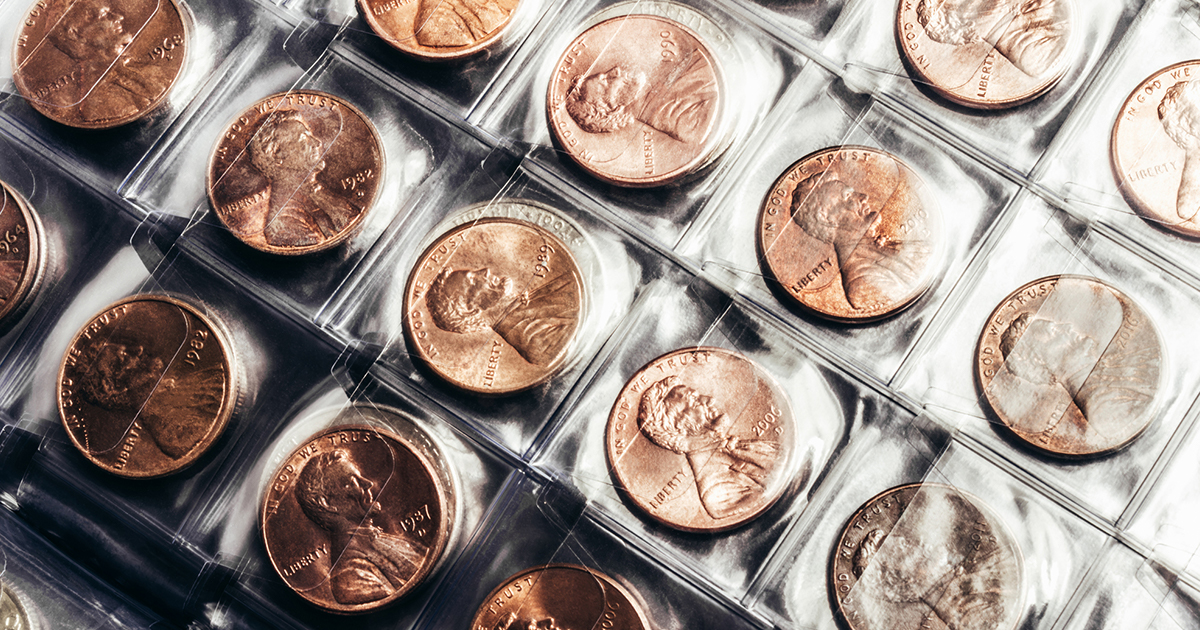
Whether you’re starting with bullion or exploring rare numismatic pieces, Stout Gold & Silver offers expert guidance and certified coins to help you build a strong, diversified portfolio.
Explore our gold and silver collections today → stoutgold.co

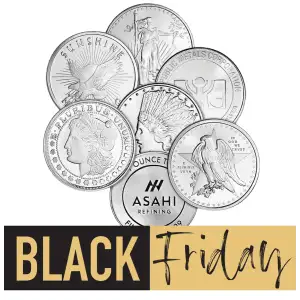


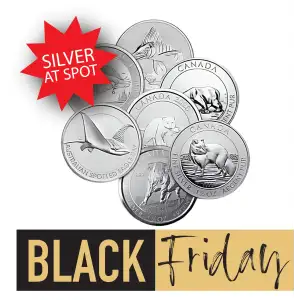

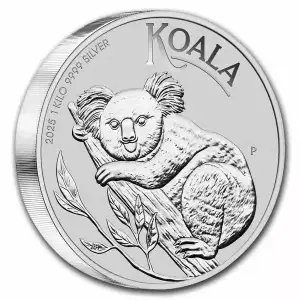
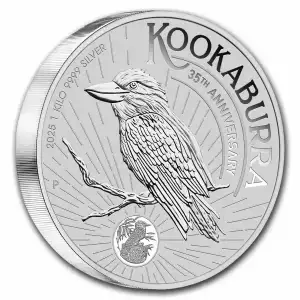
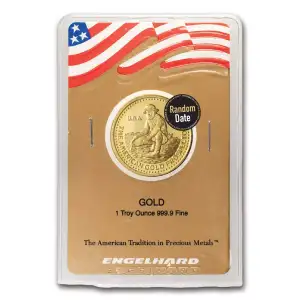
![2025 1oz Australian Perth Mint Silver Lunar Series III: Year of the Snake [DUPLICATE for #502132]](https://stoutgold.co/thumbs/2025-1oz-australian-perth-mint-silver-lunar-series-iii-year-of-the-snake-duplicate-for-502132-266361-small.jpg)
![2026 Australia 1 oz Silver Lunar Horse BU (Series III) [DUPLICATE for #510794]](https://stoutgold.co/thumbs/2026-australia-1-oz-silver-lunar-horse-bu-series-iii-duplicate-for-510794-266701-small.jpg)
